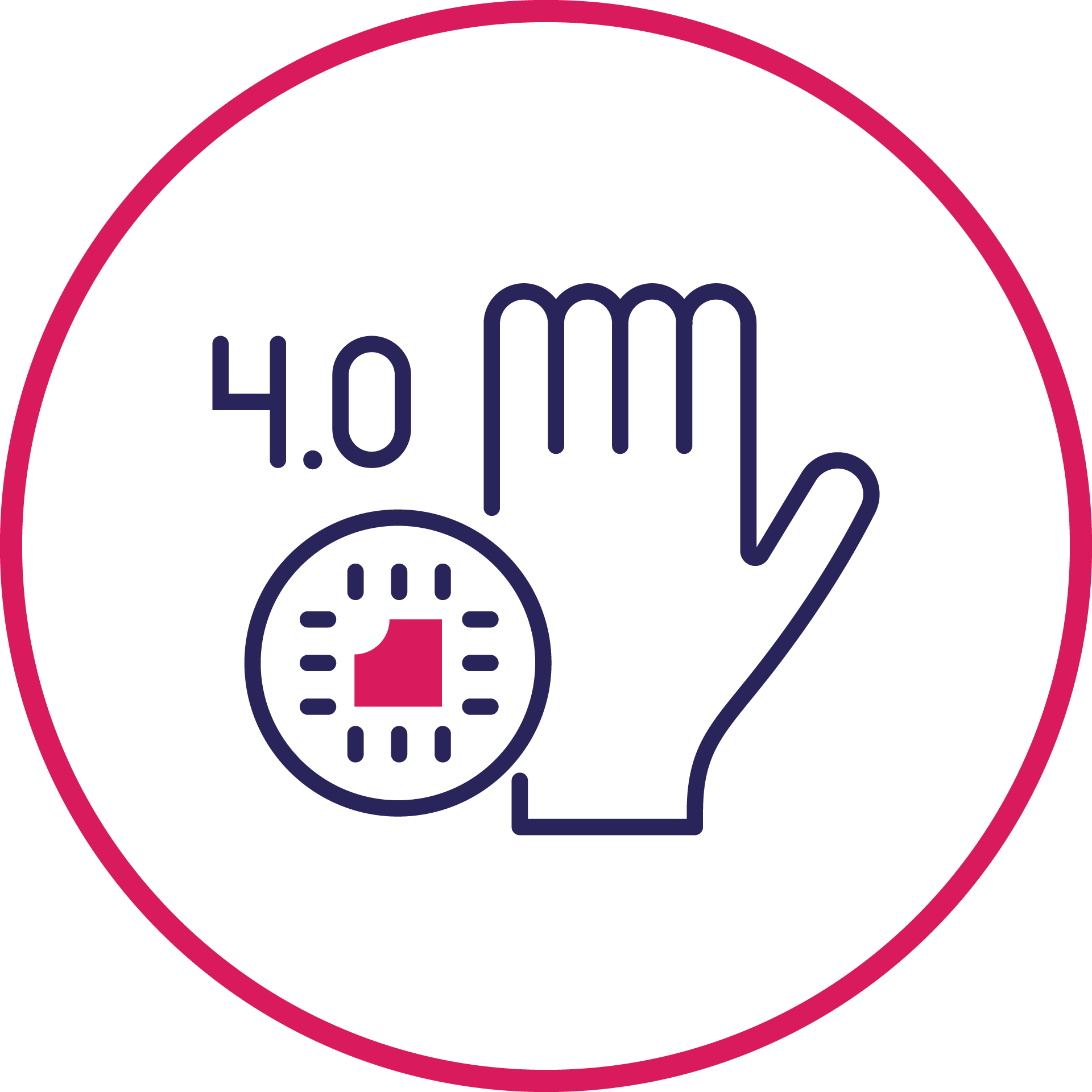ADROIT6G
Collaborative robots (cobots) in construction
This PoC emulates a robotic construction scenario with multiple robots and drones. The scenario covers robots and drones that need to coordinate actions with each other in a construction site, in which different types of autonomous robots and drones need to sync/coordinate their movements, with and without human interaction, in joint tasks, lifting and unloading/loading construction material between robot cranes, mobile robots, drones, etc. This coordination will be conducted in three dimensions to avoid collision and enable collaboration of robots in the air, such as drones. In addition to the coordination among the interacting entities, process data amongst involved entities needs to be exchanged, meeting real-time requirements and requiring extreme synchronisation, including clock synchronisation. Reliability, functional safety, latency, and positioning requirements need to be met during all steps even if trajectories are blocked or need to be altered. Robots and drones on the construction site exchange information using the D2D communication method provided by 6G. The communication between drones, mobile robots, and static cameras works on different slices because they have different requirements (for example, drones require aerial communication). Both drones, robots, and stationary cameras use the cloud-native applications needed to manage Command and Control (C2) and sensor data flow. It is important to note that robots and drones use deep-edge and end-use devices for data analysis. The use of Global Navigation Satellite Systems (GNSS) on construction sites is often hampered by the limited visibility of the satellites. In such cases, the positioning accuracy guaranteed by 6G with an accuracy of 1cm in 3D is important. Robots and drones also use a synchronised clock, which uses a GNSS clock, for coordinated activities. In this scenario, it is assumed that there is no satellite coverage, and therefore, the time synchronisation provided by 6G with an accuracy of <0.1 ms is required. As future 6G frequencies are designed to support >100 GHz frequency bands, they are also suitable for robots and drones to map their surroundings in 3D. Mapping the environment generates extreme amounts of data at about 10 Gbytes/second, so it is necessary to use UE-VBS processing at the far edge, i.e., on board the robots or drones that collects it.
 Industry 4.0/ Manufacturing
Industry 4.0/ Manufacturing
ADROIT6G


